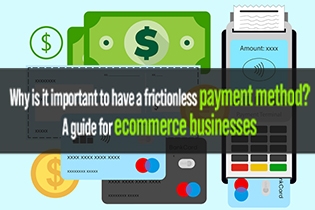
Each year, the app development industry sprouts with new technologies. The dynamic nature of this domain spikes interest of tech prodigies, compelling them to research and innovate.
Staying updated with the latest trends is arguably the most crucial factor of success in this space. The app resellers must stay in the learning loop to know how to keep their apps atop the charts.
In 2020, the onset of COVID-19 resulted in a dramatic shoot of demand for specific app categories. Download figures for apps like Zoom, Google Meet, and Microsoft Team hit the roof.
Apps that were enabling people to stay connected and work from home became extremely popular.
The year 2021 didn’t change much in the remote-working landscape. However, as the world adapts to the pandemic and more people get vaccinated, we might expect the reliance on these apps decreasing with time.
This would not deter the popularity of apps, in general. According to Statista, mobile app market revenue will reach $693 billion in 2021. Isn’t it massive?
The new tech trends in this arena are indeed exciting. It requires more companies to follow the pace and infuse better functionalities. Developers must learn how to create apps that remove users’ miseries and bring value to the table.
If a developer follows all protocols, he/she can compel more users to jump onto the digital bandwagon. So, let us examine the most important mobile app development trends that will be all the rage for 2021:
Internet of Things (IoT) Integration
The Internet of Things is a reasonably mature concept. The rise in mobile penetration across several sectors has created endless opportunities for the Internet of Things.
Internet of Things is a major breakthrough in the world of technology. People are slowly getting accustomed to this technology ruling their lives. It brings significance in domains like smart home security systems, connected devices, smart factory equipment, wearable health monitors, Cybersecurity scanners, and much more.
Brands like Google and Amazon have fully utilized this technology. They have strengthened the competition in this domain by introducing Google Home Voice Controller and Echo line of devices, respectively.
As shown below, the global Internet of Things market will reach $222 billion in 2021. $161 billion of this estimate will come from the mobile app segment.
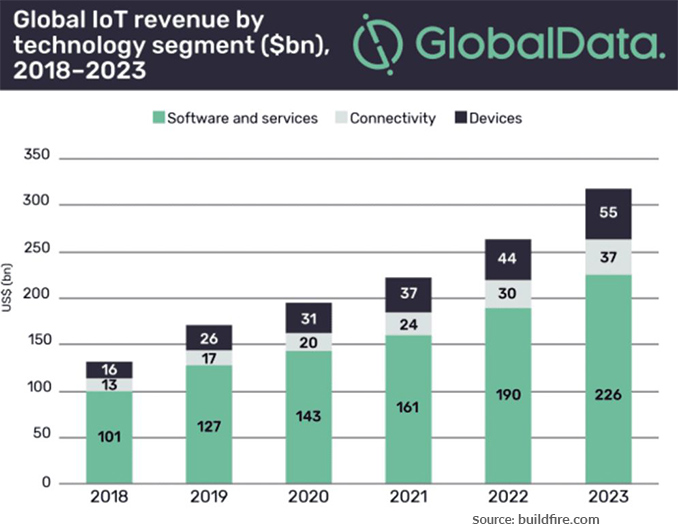
Google recently acquired the wearable company Fitbit. It also confirmed collaboration with Nest, a security camera manufacturer. This indicates that the company is swiftly moving into the Internet of Things landscape.
As per the findings from Statista, the revenue from technology linked with the Internet of Things will reach 1.6 trillion by 2025.
With the increase in demand for IoT systems and gadgets, the demand for IoT-enabled apps will continue to rise. And in the near future, you will see businesses heavily relying on that.
5G Mobile Internet Network
The introduction and popularity of 5G technologies will have a massive impact on 2021 app trends. This technology will flip the scenario for app developers and resellers.
Here is what eMarketer predicts will happen over the years:
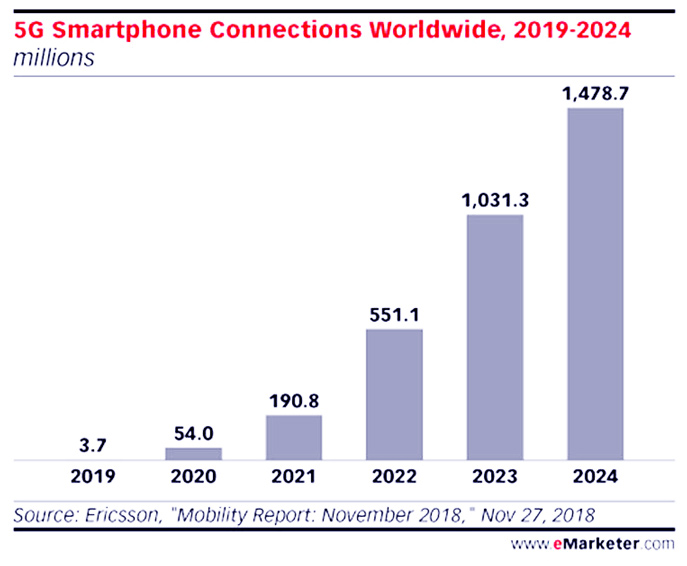
Experts presume 5G to deliver latency under 10 milliseconds, throughout speeds, better reliability, and higher capacity that could go up to 1 million devices per cell.
In the latest iPhone 12 released by Apple, the company made propositions to adopt the 5G network. It is 100 times faster than 4G. The faster downloads will allow for higher definition and reliable mobile videos. It will also shift intensive processing to cloud computing networks, opening passage for augmented and virtual reality. This will allow app developers to infuse new features in their apps without negatively affected app performance.
Using 5G during the testing and development phase will also allow developers to design efficient applications.
Machine Learning and Artificial Intelligence
Artificial Intelligence and Machine Learning have been quite old players in the app landscape. Nonetheless, the developers have recently started scratching the surface to find hidden potentials and infuse these in the mobile apps. A few of these examples that are notably popular include Face Unlock, Chatbots, and Voice Search.
AI will create a drastic impact on our lives in 2021 and beyond. The technologies like AI cameras, user predictions, voice translations will find a new home in the digital arena.
One of the use cases of Artificial Intelligence is also present in the Core ML 3 released by Apple. This latest version of the iOS machine learning framework can help developers to infuse AI technology into their apps.
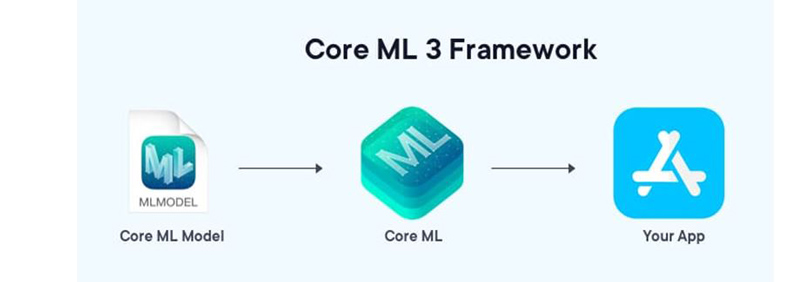
Some perks of having machine learning in mobile app development include:
- It improves the overall logical development route
- It enhances search option and outcomes
- It enables to identify the fraudulent activities
According to analyticsindiamag.com, global spending on AR/VR products and services will grow throughout the 2019-2023 forecast period. It will achieve a five-year CAGR of 77%.
The continuous learning and advancement of Machine Learning can help to develop an innovative application. This will enable users to get the experience they are looking for. Experts presume that AI combined with Machine Learning holds the following in-store for the app development sector:
- Predictive Maintenance
- Scalable processing of data
- Content distribution on social media
- Automatic geophysical detection
- Algorithm trading strategy performance improvement
Artificial intelligence can make apps smarter. It will help improve the performance at every level, whether at the back-end development of the front-end user experience. AI will surely advance the ways apps work in 2021 and later.
Wearable App Integration
Wearables have already taken the world by storm. They are available in the market in the form of smart jewelry, display devices, smartwatches, body sensors, etc. The best part of using wearables is that you can interact with them via mobile applications.
Despite the increasing popularity of these devices, wearable devices have not reached the maximum potential. The graph below highlights penetration of wearables in the United States:
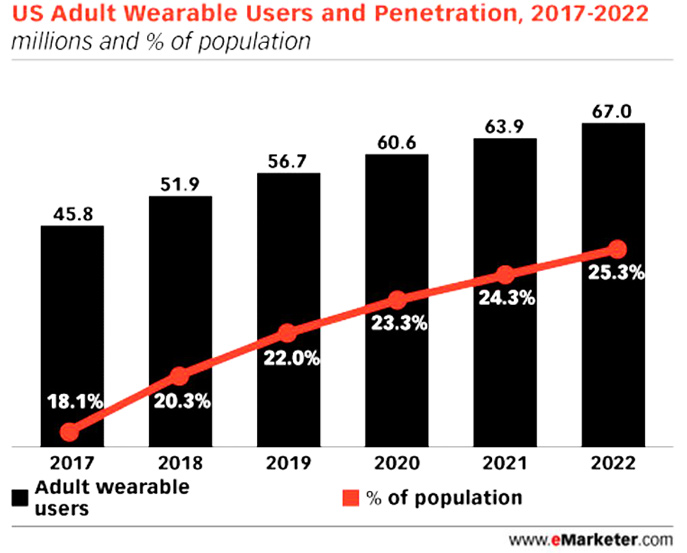
The development of mobile apps highly influences the steady growth of wearables. Apple, for instance, announced about wearables and app integration at WWDC in 2019. Its new watch OS 6 brought the App Store to Apple Watches, opening a plethora of opportunities for the users. With IoT, the users can control apps remotely.
Some future trends of wearable devices could include:
- Virtual Assistant in the contact lenses
- Virtual keyboards integrated into contact lenses or nail colors
As per Gartner Research, 40% of all new app development projects by 2022 will have co-developers with expertise in Artificial Intelligence.
Hence, it is about time app developers get ready for providing extraordinary experiences to their users. They must embrace this trend and get close to the target customers by providing them a flawless user experience.
Beacon Technology
A wide range of industries are now using beacon technology. From retailers to hospitality, the beacon technology can add advanced functionality to all mobile applications. The tech has not reached its full potential yet.
Beacons, essentially, are the devices that release radio signals called “Bluetooth Low Energy (BLE).” It can connect with smartphones accessible within its range.
Here is an example of how beacon technology work. Suppose you are a mobile app reseller who designs apps for retailers. Your customers can install beacons in their stores that connect with a user’s smartphone through Bluetooth. Whenever a user passes by the beacon, they get a notification about a discount offer or a promotional campaign running in the store.
![]()
This technology can also help to analyze buyer behavior. They can detect if the user is spending an unusual amount of time in an aisle. The app will trigger a push notification to ignite a sale at a later date related to the specific items.
Statista recently found that the beacon tech market is growing at a compound annual growth rate of 59.8%. It estimates the market value to reach $56.6 billion by 2026. This is 10 times higher than 2016, when the market value of beacon technology was $519.6 million.
Mobile Wallets
In the past five years, the market has seen an incredible boost in the popularity of digital wallets. Several industries have adopted this technology as they aim to enhance their business. Applications like PayPal, Google Pay, and Apple Pay are the widely used gateways for mobile wallets. Given the feasibility of these wallets, the demand will escalate in the year 2021.
Merchant Machine collected the figures behind mobile wallets to provide the landscape of one of the fastest-moving tech markets in the world. As per their findings, there are 39% of mobile wallet owners worldwide. Of these, 5% use a Pay service once a week or more.
Enhanced security and increased convenience are the two main reasons for the growing popularity of mobile-based payments. Big brands like Samsung, Apple, and Google use mobile wallets to serve users with a convenient and creative platform to conduct transactions.
Wallet integrations should therefore become a standard feature of every app that processes transactions. The mobile wallet penetration speaks out loud for the need to infuse these systems to facilitate modern customers.
Augmented Reality
AR is the coolest invention of the current age. AR games like Pokémon Go have sparked the interest of the many gaming geeks. But in 2021, its use case will not stay limited to gaming applications.
Mobile apps can use AR for a wide range of features. Immersive technologies, powered by the release of ARCore by Google and ARKit by Apple, are making it easier for app developers to add visual layers of the real world in smart devices.
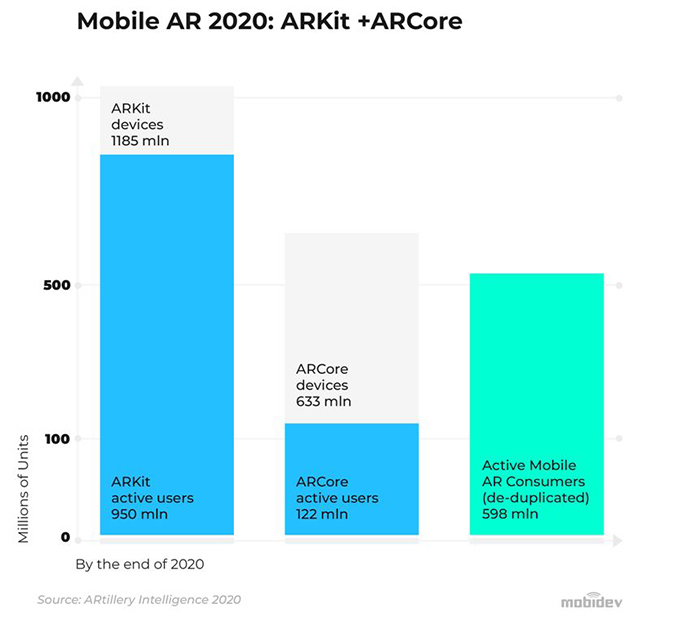
The Apple store has more AR-capable apps than Google Play Store, with more than 2000 apps for the users. Nonetheless, both marketplaces are releasing new AR demos on their latest devices. This is to prove that AR is going to be a game-changer in the future.
These tech innovations can help in branding the apps and also target potential customers. Instagram and Snapchat, for instance, have released AR filters that can turn human faces into funny virtual characters.
L’Oreal Paris shows us how to use AR the right way. It is using AR in their Style My Hair app.
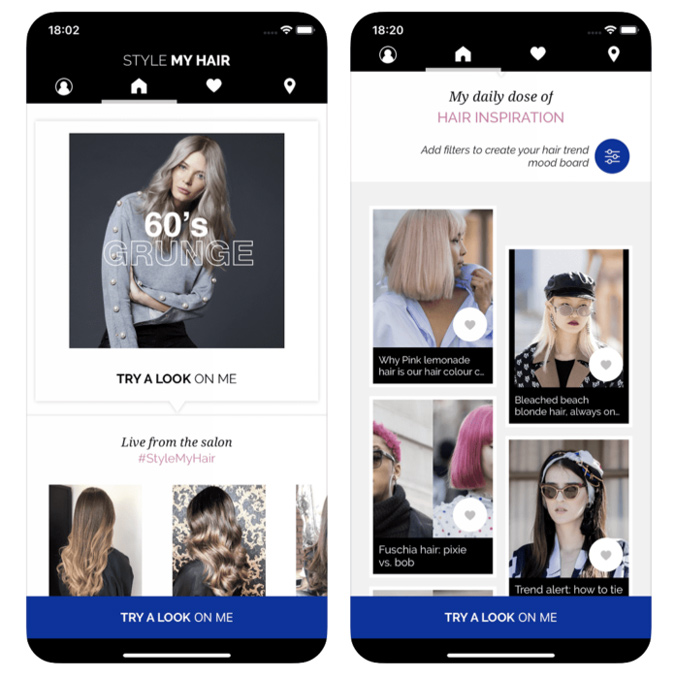
The AR tech in this app shows different colors and hairstyles upon the user. Following the suit, L’Oreal also released a virtual makeup app to show how the makeup looks on the user’s face.
Although these examples are not applicable for all app developers, they provide insight on how to recreate. For example, workforce apps can use AR to train and refine employee knowledge.
AR adoption is, indeed, the top app development trend for developers. It is vital to jump onto the bandwagon and make the most out of it.
Foldable Devices
Foldable devices will dominate the mobile app landscape in the future. They do not have a significant share in the industry, but it’s a breach between smartphones and tablets that is termed as Foldable phones.
This will certainly change the shape of the IT industry. First models Huawei Mate X and Samsung’s Galaxy Fold emerged in 2019. They gained instant attention from the market and got shipped worldwide. Samsung is predicted to have a busy 2021 with several expandable phones in the pipeline.
This mobile app development trend will create a substantial impact on this landscape. The apps they create need optimization for an immediate change in the screen size of the unfolded and folded version of the phone.
This will amplify the complexity of algorithms, but there is no margin to miss this technology.
Wrapping Up
Mobile app development is changing at a rapid pace. If a developer creates an app using outdated information, there is no chance to get a better conversion rate at all. It is important to get better mobile app development companies on board to integrate the listed mobile app trends.
The emerging mobile app development technologies, enhanced backend platforms, and micro-services will continue to redirect this arena towards success. If you have a unique idea that you want to convert into reality, it is about time you plan your next steps.
If you found this blog useful, don’t forget to let us know!




